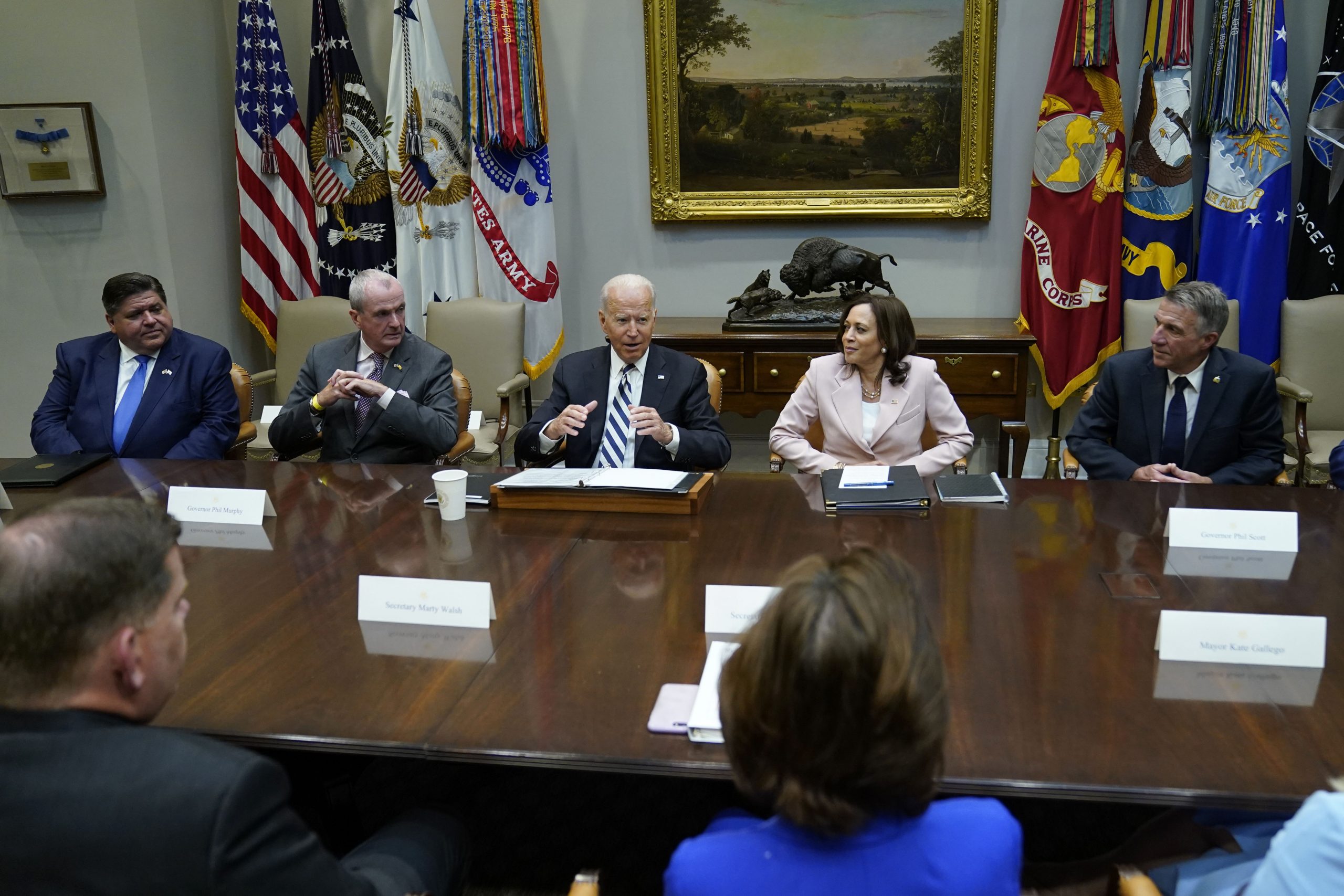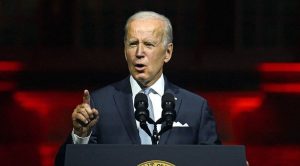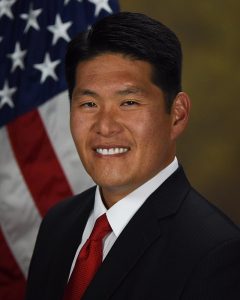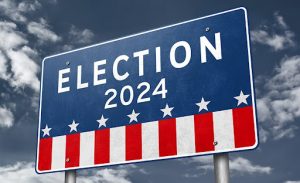The US Senate on Thursday is expected to take up the $1 trillion infrastructure bill after Republicans agreed to work with Democrats on President Joe Biden‘s ambitious plan. The Republicans on Wednesday announced that they would let the bill come up for discussion in the Senate. It is still unclear if the bill will pass through the US Congress.
The Biden administration has said that the national infrastructure plan will help put Americans to work nationwide and signal to the world that ‘our democracy can deliver’. The White House on Wednesday released a summary of the deal.
Here are the major areas where the dollar would be spent according to the deal:
– $73 billion would be invested in clean energy. The plan will upgrade our power infrastructure, building thousands of miles of new, resilient transmission lines to facilitate the expansion of renewable energy.
– $110 billion would be spent on building roads and bridges. Of this, $40 billion would be used just for build and repair bridges, which is the single-largest such investment by the US government since the Interstate highway system was constructed.
– $66 billion in passenger and freight rail. The White House said this amount would be used to eliminate the Amtrak maintenance backlog, modernize the Northeast Corridor, and bring world-class rail service to new areas. It is the largest investment in passenger rail since the creation of Amtrak 50 years ago.
Also read: President Joe Biden assures US inflation is expected to be temporary
– $39 billion on building and improving public transport. This will incude repairing and upgrading aging infrastructure, modernising bus and rail fleets, making stations accessible to all users, and bringing transit service to new communities.
– $55 billion on clean drinking water and waste water. The Biden administration has said that it plans to replace all the lead pipes and service lines across the nation.
Also read: President Biden betting on monetary incentives to push up vaccination rates
— $7.5 billion for electric vehicle (EV) charging stations. The administration says this is critical for accelerating the use of EVs to curb climate change.






